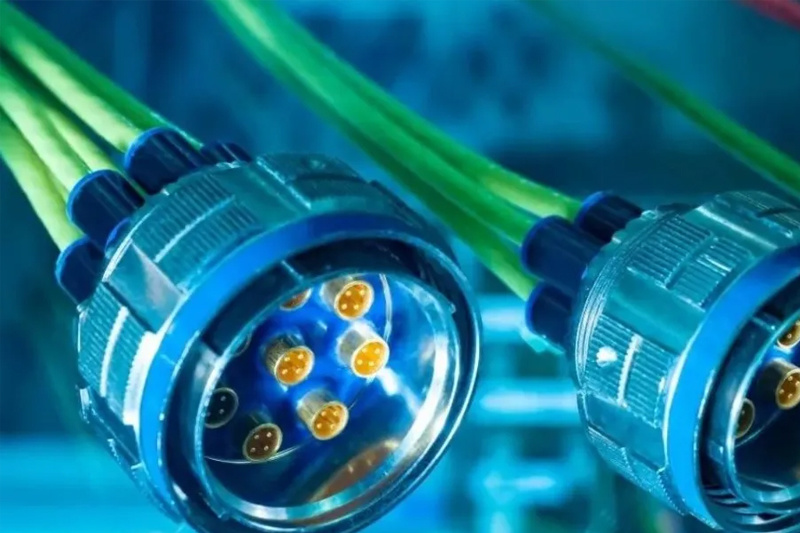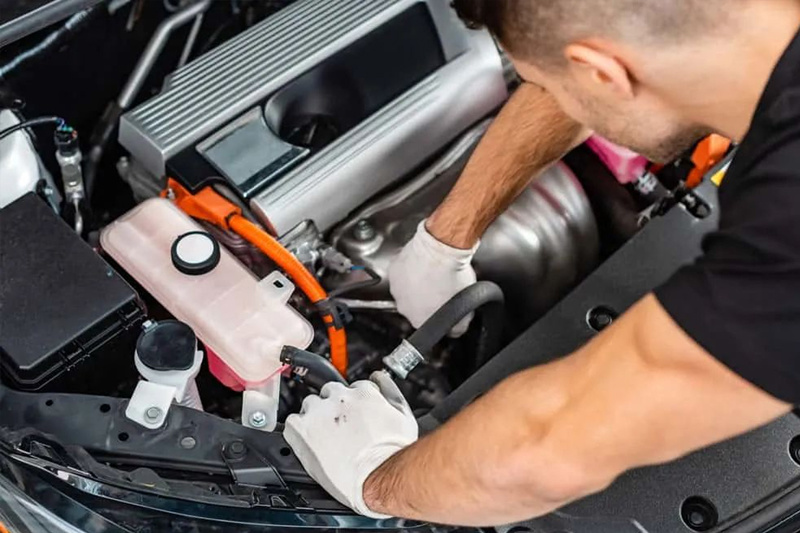Wire and cable specifications, what kind of copper wire and cable belong to, and matters needing attention in purchasing wire and cable
Release time:
2025-04-18
Wires and cables refer to materials used for power, electrical and related transmission purposes. There is no strict boundary between "wires" and "cables". Products with a small number of cores, small product diameters and simple structures are usually called wires, those without insulation are called bare wires, and others are called cables; those with larger conductor cross-sectional areas (greater than 6 square millimeters) are called large cables, and those with smaller conductors (less than or equal to 6 square millimeters) are called small wires or cloth wires.
Wires and cables refer to materials used for power, electrical and related transmission purposes. There is no strict boundary between "wires" and "cables". Products with a small number of cores, small product diameters and simple structures are usually called wires, those without insulation are called bare wires, and others are called cables; those with larger conductor cross-sectional areas (greater than 6 square millimeters) are called large cables, and those with smaller conductors (less than or equal to 6 square millimeters) are called small wires or cloth wires.
Specifications of wires and cables
The specifications of wires and cables mainly include the number of cores, conductor cross-sectional area, insulation materials, sheath types and other aspects.
Wires usually refer to products with fewer cores, smaller diameters and simple structures, while cables usually refer to products with insulation layers. According to the size of the conductor cross-sectional area, wires can be divided into large wires and small wires, where the conductor cross-sectional area of large wires is usually greater than 6mm², while the conductor cross-sectional area of small wires is less than or equal to 6mm². Insulated wires, also often called cloth wires, are a special type of wires.
There are many types of cables, which can be distinguished from the following aspects:
Categories: such as urban communication cables (H), distribution cables (HP), and local cables (HJ).
Insulation materials: such as solid polyolefin insulation (Y), foamed polyolefin insulation (YF), foamed/solid skin polyolefin insulation (YP), etc.
Sheath type: including inner sheath and outer sheath. Inner sheaths include plastic-coated aluminum tape bonded shielded polyethylene sheath (A), aluminum-steel double metal tape shielded polyethylene sheath (S), polyvinyl chloride sheath (V), etc.; outer sheaths include double-layer anti-corrosion steel tape wrapped with pins and polyethylene outer sheath (23), single-layer fine steel wire armored polyethylene sheath (33), etc.
In addition, there are some specific model codes for wires and cables, such as purpose codes (power cables are not marked, control cables are K, and signal cables are P), insulation codes (oil-impregnated paper is Z, rubber is X, polyvinyl chloride is V, cross-linked polyethylene is YJ), conductor material codes (copper is not marked, aluminum is L), etc. These codes provide additional information about the characteristics and uses of wires and cables.
Specific wire and cable specifications also include BV, BVR, BVV, BVVB and other types. Each type has its specific application scenarios and characteristics. For example, BV is a copper core polyvinyl chloride insulated cable/wire, which is commonly used in general power distribution and lighting; SYV is a solid polyethylene insulated radio frequency coaxial cable, which is suitable for closed-circuit monitoring and cable TV projects.
What kind of copper is wire and cable?
Wires and cables mainly use red copper. Red copper is a kind of copper with a very high copper content. Its purity is as high as 99.95% or more, and its impurities are almost zero. It has good electrical conductivity and thermal conductivity, so it is widely used in the manufacture of wires and cables.
Characteristics of copper
Copper has good electrical conductivity, thermal conductivity and plasticity, but poor strength and hardness. Its resistivity is low, making it suitable for power transmission and the manufacture of electrical equipment.
Precautions for purchasing wires and cables
Material selection: The main materials of wires and cables are copper and aluminum. Copper core wires have good electrical conductivity, ductility and corrosion resistance, and are the first choice for home decoration; while aluminum core wires are cheaper, but their conductivity and stability are not as good as copper core wires
Specification selection: The specifications of wires are usually expressed in cross-sectional area, such as 1.5 square millimeters, 2.5 square millimeters, 4 square millimeters, etc. Electrical equipment for different purposes requires wires of different specifications. For example, lighting circuits can choose 1.5 square millimeters of wires, ordinary socket circuits use 2.5 square millimeters of wires, and high-power electrical appliances such as air conditioners and water heaters should use 4 square millimeters and above of wires
Brand and certification: Choosing wires from well-known brands is usually more secure in terms of quality control, raw material selection and after-sales service. In addition, wire products should have quality certification marks such as 3C certification to ensure that the products meet national standards.
Insulation performance: The insulation layer of high-quality wires should have good heat resistance, aging resistance and insulation, and can effectively prevent safety problems such as leakage and short circuit. The quality can be judged by observing whether the insulation layer is smooth, damaged, and uniform in thickness.
Packaging and labeling: The packaging of regular products should be intact, clearly labeled, and contain information such as product model, specifications, factory name, and factory address. Pay attention to the product's certificate and certification mark when purchasing.
Conductor quality: The copper core of high-quality wires should be bright, oil-free, and have good conductivity. The copper core of inferior wires is of poor quality, easy to break, and often has broken wires.
Flame retardancy: Qualified wire products are usually marked with flame retardant grades, such as ZR (flame retardant), NH (fire resistant), etc. The flame retardant performance of the wire can be tested with a lighter. The flame of a high-quality wire should be extinguished quickly after the fire source leaves.
Eccentricity: The eccentricity of the wire reflects the level of craftsmanship. The thickness of the insulation skin is consistent, the copper core is in the middle of the insulation skin, the eccentricity is low, and the wire quality is good.
Laying conditions: Select suitable wires and cables according to the laying method (such as open laying, concealed laying) and environmental conditions (such as high temperature, humidity, and corrosive environment). For example, in a high temperature environment, a model with good heat resistance should be selected, and in a humid environment, a wire and cable with waterproof and moisture-proof performance should be selected.
Previous page
Next page
Previous page
Next page
Latest From the Blog




